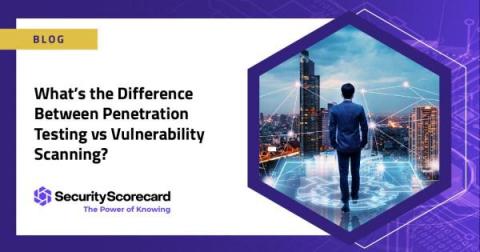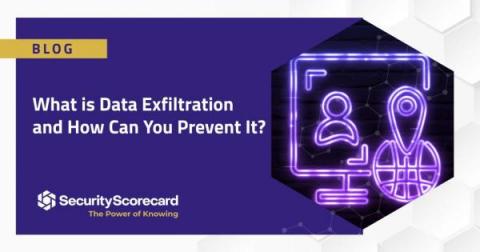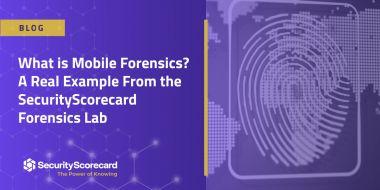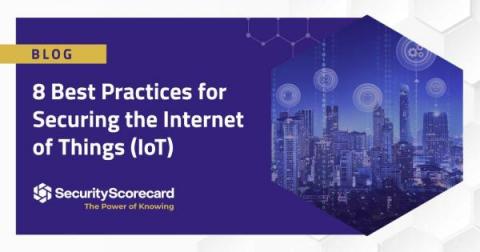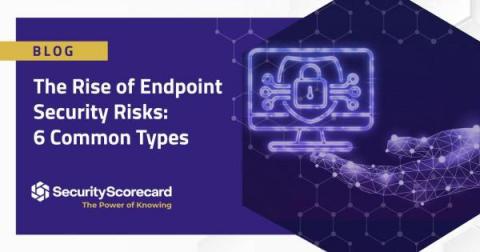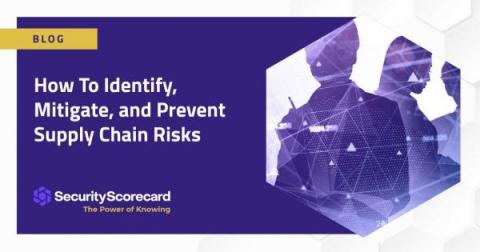Security | Threat Detection | Cyberattacks | DevSecOps | Compliance
SecurityScorecard
What's the Difference Between Penetration Testing vs Vulnerability Scanning?
Penetration testing and vulnerability scanning are both important practices that protect the network of a business. However, the two are very different from each other in the way they test the security and vulnerabilities of a network. Keep reading to learn more about the differences and how to decide whether one or both would best suit your needs.
What is Data Exfiltration and How Can You Prevent It?
Every day, cybercriminals are seeking new techniques to extract data and infiltrate networks; one of these techniques is data exfiltration. To prevent these kinds of cyber threats, we must learn how data exfiltration works, the methods used to execute attacks, and how companies can secure their network from further data breaches. Let’s take a closer look.
What is Mobile Forensics? A Real Example From the SecurityScorecard Forensics Lab
Mobile forensics is recovering digital evidence from mobile devices using accepted methods. A lot of information can be discovered by analyzing a criminal’s phone. That’s why mobile forensics and digital forensics as a whole are becoming valuable assets for law enforcement and intelligence agencies worldwide. In 2021, there were 15 billion operating mobile devices worldwide. That’s nearly two per person. The amount of data stored across these devices is astounding.
8 Best Practices for Securing the Internet of Things (IoT)
While the Internet of Things (IoT) can provide helpful insights, it can also introduce a host of new security vulnerabilities into your organization. Without a clear understanding of the importance of IoT security, your organization will continue to introduce new vulnerabilities without even realizing it. Let’s take a closer look at how IoT security is important and the best practices your organization can use to improve the overall security of your organization.
The Rise of Endpoint Security Risks: 6 Common Types
With flexible work environments now the norm, the use of endpoint devices has increased – whether your organization allows work-from-home days, hires freelancers, and collaborates through email and phone calls. Many employees require access to the corporate network to carry out their daily responsibilities, and endpoint devices allow employees to do just that. That said, endpoints have become one of the biggest attack vectors for cybercriminals since they are easier to target.
Why We Don't Charge Extra for Additional Logins
How We Save You From Endless Security Questions
The Key to Risk Intelligence: Visibility
Not all cybersecurity vulnerabilities are created equal. Some vulnerabilities have the potential to bring the entire organization to a halt, such as in the case of ransomware. Meanwhile, other vulnerabilities may only create limited opportunities for exploitation, putting them lower on the list of things to patch.
How To Identify, Mitigate, And Prevent Supply Chain Risks
As cyber attacks and security breaches have increased in recent years, managing digital supply chain risks is becoming more difficult. Cybercriminals exploit vulnerabilities in the ecosystem of less secure suppliers and third-party vendors to gain access to larger institutions. These institutions need to look beyond their own cybersecurity maturity to be successful; cyber risks need to be identified across the ecosystem.



